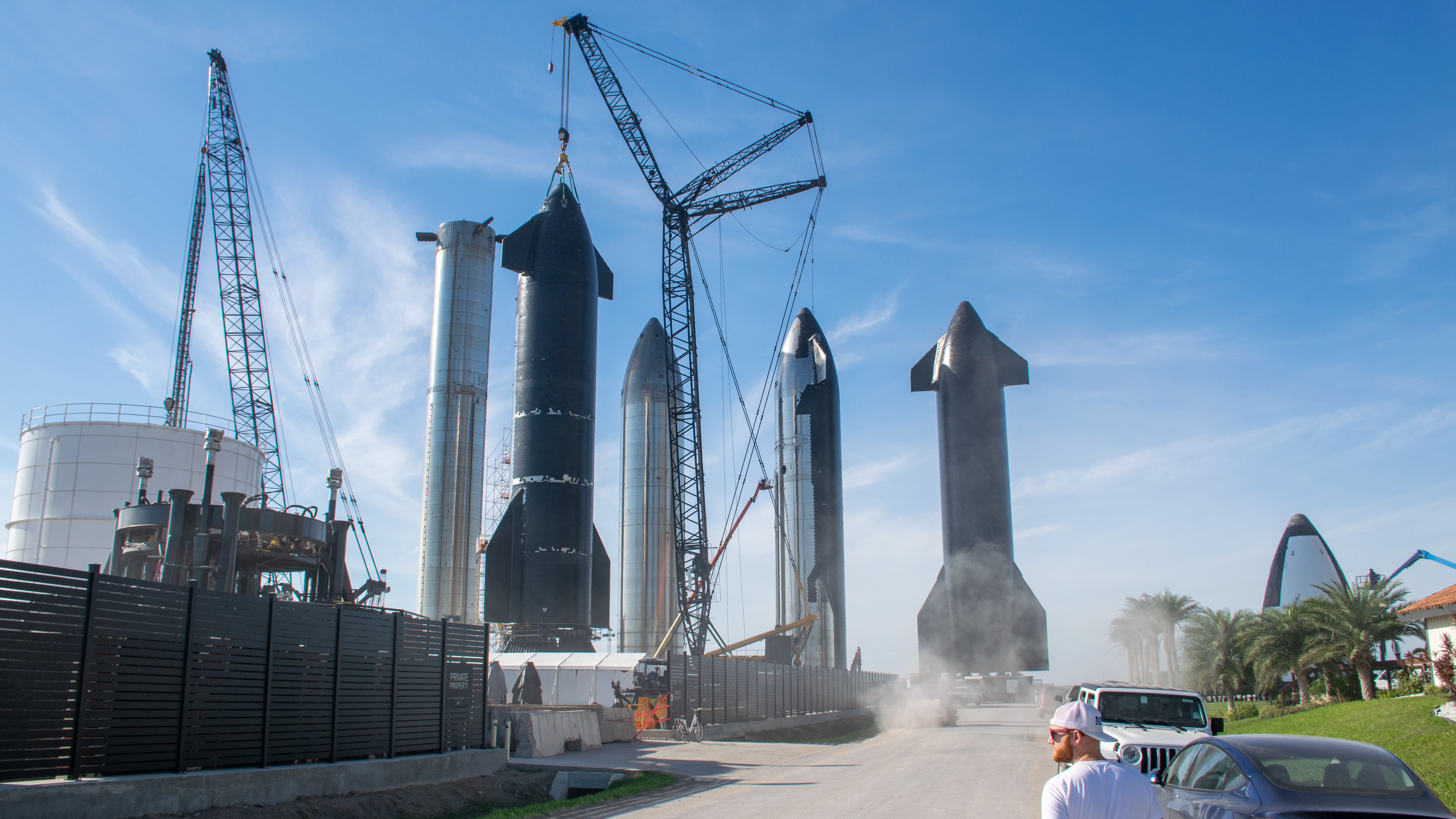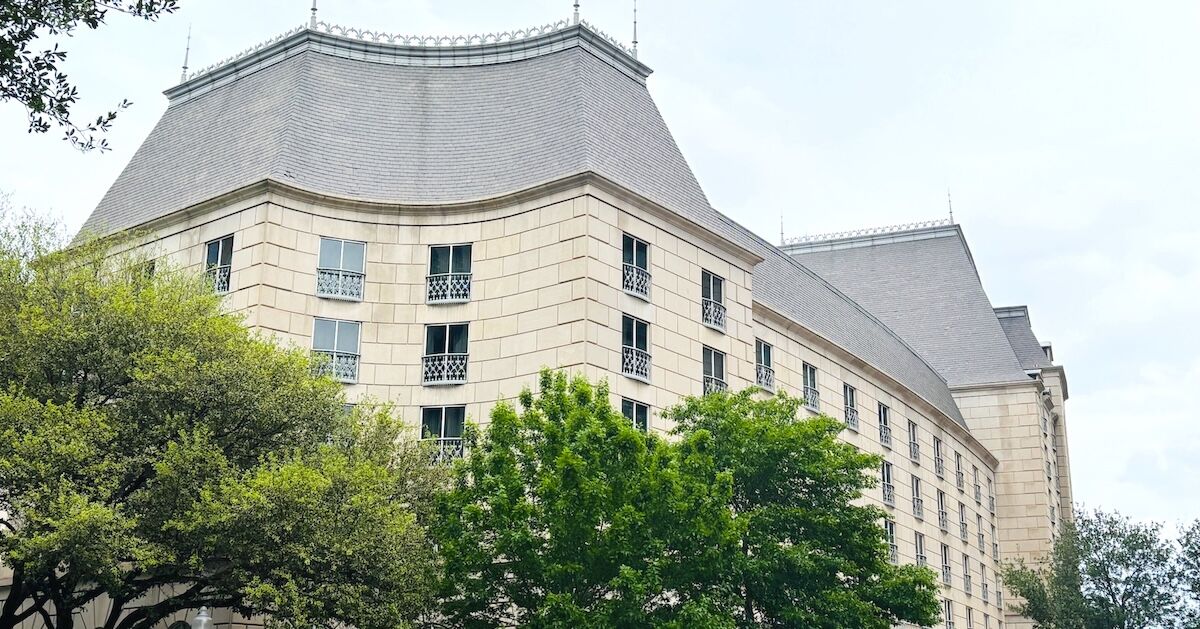5 ways Trump reshaped energy and environment policy in his first 100 days
President Trump made “unleashing American energy” a cornerstone of his platform on the campaign trail and a focus of the first 100 days of his second term. He has made his priorities in how to accomplish that goal clear, repeating a slogan of “drill, baby, drill” and making moves to boost fossil fuels while going after renewable...

President Trump made “unleashing American energy” a cornerstone of his platform on the campaign trail and a focus of the first 100 days of his second term.
He has made his priorities in how to accomplish that goal clear, repeating a slogan of “drill, baby, drill” and making moves to boost fossil fuels while going after renewable energy, climate science and environmental regulations.
Here are five ways the Trump administration has reshaped energy and environment policy:
Speeding up fossil fuel and mining projects
The administration has made speeding up fossil fuel and mining projects a key focus. On his very first day in office, Trump declared an energy emergency — which his team said would unlock additional powers to jump-start energy production.
Last week, the Interior Department moved to fast-track fossil fuel and mining projects on federal lands by drastically shortening the timeline for environmental reviews.
Recent laws have already shortened these assessments to two years or less, but historically they have taken several years.
The department announced that projects that choose to be part of a special “alternative” process can now have their environmental analyses completed in two weeks to a month.
The administration described the move as cutting through unnecessary red tape, but environmental advocates have raised concerns about whether a project’s potential impacts would be adequately reviewed.
The administration has also made moves to bolster mining — invoking wartime authority to expand extraction of minerals and coal and prioritizing these activities on federal lands.
It is also fast-tracking 10 mines that would produce a range of materials including coal, gold, copper and lithium.
Downplaying climate change and fighting against climate action
Trump has repeatedly sought to deny or downplay the impacts of climate change — and targeted policies and scientific efforts that aim to combat or highlight the phenomenon.
This week, the administration dismissed hundreds of scientists who were working on the Sixth National Climate Assessment — a congressionally mandated account of climate impacts in the U.S.
An internal budget document obtained by The Hill also indicated that the administration wants to eliminate the Oceanic and Atmospheric Research office at the National Oceanic and Atmospheric Administration (NOAA).
And the Environmental Protection Agency (EPA) has indicated that it wants to reconsider its “endangerment finding,” which said that climate change poses a threat to the public and underlies numerous regulations.
The agency has also indicated that it would roll back a number of Biden-era climate regulations, including those on cars and power plants.
In addition, the administration has targeted grants that it says are part of the “green new scam.” In particular, it has sought to terminate grants issued under a “green bank” program that provided funding for climate-friendly projects around the country.
Trump has directed the Justice Department to go after state-level climate actions as well.
The administration has also targeted climate-friendly renewable energy — and particularly wind power. On his first day in office, Trump issued an executive order that blocked the government from approving wind farms on public lands and oceans.
Interior Secretary Doug Burgum, meanwhile, has sought to halt construction on an offshore wind project, claiming that the Biden administration did not give the project a thorough review.
Implementing tariffs, spooking the oil and gas sector
While Trump has championed the fossil fuel industry and has exempted oil from his global tariffs, the sector is not immune to the impacts of his tariff agenda.
Trump’s tariffs have sparked fears of a recession — and those fears have brought oil prices down.
Low oil prices often mean consumers are paying less money at the pump, and that companies are less incentivized to drill.
In an anonymous survey of oil and gas companies released by the Federal Reserve Bank of Dallas earlier this year, energy executives raised concerns about uncertainty due to Trump’s policies.
“The administration’s chaos is a disaster for the commodity markets,” one company said in the survey, which was released a few days before Trump’s global tariffs were officially announced. “‘Drill, baby, drill’ is nothing short of a myth and populist rallying cry. Tariff policy is impossible for us to predict and doesn’t have a clear goal. We want more stability.”
Rolling back pollution protections
The Trump administration has sought to roll back not only climate action and research, but also environmental protections more broadly.
In what EPA Administrator Lee Zeldin described as the “greatest day of deregulation our nation has seen,” he indicated that the administration could roll back regulations on pollution into waterways and those that seek to restrict power plant emissions of the neurotoxin mercury and general emissions of a cancer-causing chemicals from sterilizer plants.
Trump exempted dozens of power plants from the mercury rule in the interim term — while the EPA set up an email address allowing companies to request additional regulatory exemptions.
In addition, the administration has indicated that it may roll back air pollution limits for deadly soot.
It has also indicated that it is likely to reduce the stringency of safety screenings for potentially harmful chemicals. Among the chemicals currently undergoing the screening process is vinyl chloride, a toxic substance used to make PVC plastic that was released, along with other chemicals, in a train derailment in Ohio in 2023.
The administration also signaled plans to roll back Biden-era rules that aim to prevent chemical disasters at 12,000 industrial facilities, including chemical manufacturers and distributors, oil refineries, food and beverage manufacturers and agricultural supply distributors.
Cutting staff at energy and environmental agencies
The Trump administration has sought to axe staffers at a number of environmental agencies.
It initially announced layoffs of probationary workers at agencies across the federal government. After some legal back-and-forth, many agencies ended up placing staff on administrative leave. However, the Commerce Department, which includes NOAA, has refired its probationary workers.
Meanwhile, the EPA has fired 280 staffers who worked on an area known as “environmental justice” — which seeks to tackle pollution in communities facing high levels of it, including minority and low-income neighborhoods. The agency has framed this effort as part of a broader pushback against government diversity programming.
In a massive purge at the Department of Health and Human Services, meanwhile, employees who worked on environmental health, including on programs related to childhood lead exposure, at the Centers for Disease Control and Prevention were among those let go — as were those who worked on a program that helped low-income Americans afford heating and air conditioning.
Agencies across the federal government, including energy- and environment-focused agencies, have offered buyouts to staff.
The administration is also expected to carry out reductions in force that could terminate large swaths of workers at the other agencies.


















































































